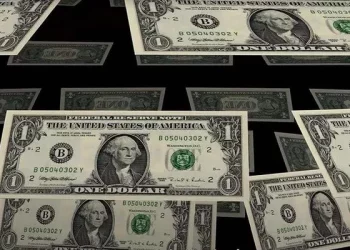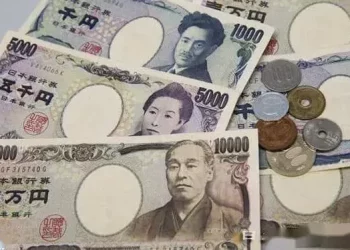The USD/JPY pair received some positive momentum for the second day in a row and climbed to fresh weekly highs in the first half of trading on Wednesday. However, spot prices remained below the mid-$147.00 level throughout the European session as traders eagerly awaited U.S. consumer inflation data before making fresh directional bets.
A key U.S. consumer price index report is due later in North American morning trading and will play a key role in shaping the Federal Reserve’s (Fed) policy outlook. This, in turn, will drive demand for U.S. dollars and help investors determine the near-term direction of the USD/JPY pair. At the same time, growing confidence that the Federal Reserve will keep interest rates higher for longer has helped the dollar attract some buying and become a tailwind for major currencies.
Investors appear confident that the Fed will stick to its hawkish stance, a bet borne out by upbeat U.S. macro data last week that suggested the economy is resilient. In addition, the recent rise in crude oil prices has heightened concerns about the outlook for inflation and supported the prospect of further tightening by the Federal Reserve. The outlook remains supportive of a rise in U.S. Treasury yields and continues to support the dollar.
On the other hand, the Japanese yen (JPY) was weighed down by weak domestic data, which showed annual wholesale inflation, as measured by the Corporate Goods Price Index (CGPI), slowed for an eighth straight month in August. The index continued its downward trend from a year-on-year peak of 10.6% in December and fell back to 3.2% during the reporting month. The data ensures that the Bank of Japan (BoJ) will maintain the status quo until next summer.
This, combined with the short-lived market reaction to Bank of Japan Governor Kazuo Ueda’s weekend comments about negative interest rate policy, suggests that the path of least resistance for the USD/JPY pair is to the upside. Therefore, a subsequent move up to the year-to-date peak (around the 147.85 area set last Friday) looks likely. Additionally, any corrective pullback may be viewed as a buying opportunity, but it remains limited.

























